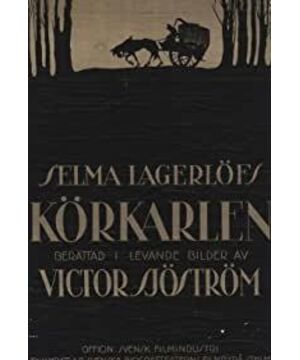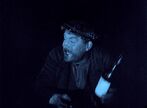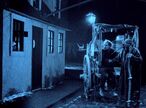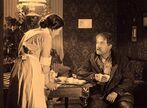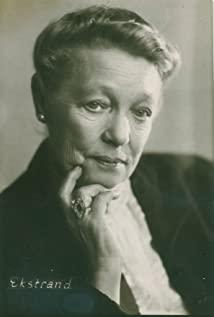The Phantom Carriage evaluation action
-
Alex 2022-04-08 09:01:13
The psychedelic rock of we used for the soundtrack is very dark and dark.
-
Kaya 2022-04-06 09:01:07
CC version. The soundtrack is so good that after watching it, I replayed a few more episodes without looking at the pictures, just listening to the music. In the tidbits that come with the CC version, Bergman talks about Sjostrom, exactly like a man who has gained a lot of wisdom and is about to grow old, talking about his father.
-
Georges: Though horse and carriage are alwatys the same, the driver is not. The last soul to die each year - the one who passes over at the stroke of midnight - is destined to be Death's driver for the following year.
-
Edit: You see that I'm not afraid of you. I will gladly heed your summons, but grant me a day's reprieve, for there is someone I must talk sense into.


